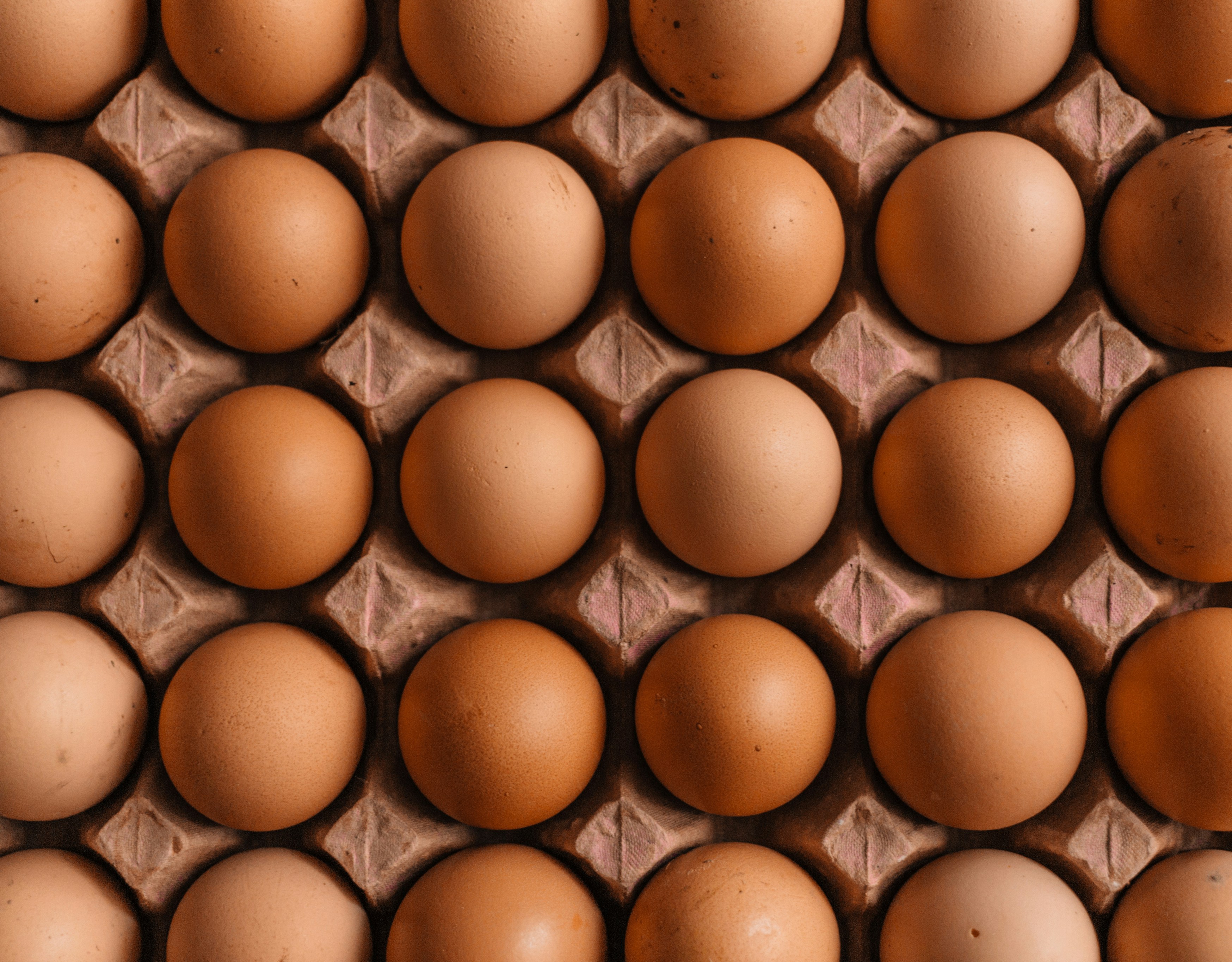At the Saturday morning picture show for children at a small provincial cinema, my little brother and I were happily settling in to watch a golden oldie Prince Valiant a tale of knights-in-armour and heroic derring-do, what we actually saw was some schlock sci-fi horror film called The Green Slime; which was why I was found an hour later in the cinema foyer wailing for my mother and crying that the slime were coming to get me! These days I am made of sterner stuff, even when confronted by the lettuce sludge at the bottom of my fridge. Well there's just a whimper of wailing, and just a slight bit of snivelling.
While I will happily buy a whole head of lettuce, I do get a bit irritated that if I want to buy a head of romaine lettuce or little gem, I have no choice but to buy a bag of two. It seems to not only be the law in UK supermarkets, but in vegetable markets too. Grrr. But it is those bags of mixed salad leaves sold in supermarkets that really call out to me to buy them. They offer variety, convenience and the allure of something a little different than the same old boring lettuce. Yet, the production of many of these bags of mixed leaves has an environmental impact, since many pesticides are used in lettuce production, and so much water (as well as chlorine) is needed to wash salad leaves. There is also considerable evidence that migrant workers in countries such as Spain are living and working in intolerable conditions; it seems that modern-day slavery has been sanctioned so that we in the UK can eat salad leaves all year around.
So as usual, when faced with a dilemma that makes my head hurt, I often compromise. I buy just one head of lettuce where I can, trying to remember to use it all up before it goes soggy, and bags of mixed salad leaves that are homegrown in the UK. According to Love Food, Hate Waste the impact on the environment of throwing away lettuce is 100 times greater than the pack it comes in. So I am trying not to, whether it is the whole head, or a mixed bag.
There are, of course, a couple of simple things you can do to try and prevent lettuce from deteriorating, or at least to prolong it's life a little longer until you got around to using it.
- For a whole head of lettuce, take it out of any packaging and wrap in a tea towel, or take the lettuce apart and layer the leaves between sheets of kitchen paper in a lidded container. (Don't pack the leaves in too tightly as this encourages rot too.)
- Some 50 years ago, food writer Elizabeth David suggested wrapping your lettuce in newspaper and leaving in a cool larder to extend its lifespan.
- Rachelle Strauss of My Zero Waste suggests separating your lettuce leaves and putting them in a bowl of water, which is then stored in the fridge.
- For bagged salad, slip some paper towel into the bag as this will absorb any moisture that adds to the rotting process.
- Leaving salad leaves in a bowl of cold water for several hours can help to repair damaged and dehydrated cells. A good soak can help to plump up the most dried-out or wilted leaves.
1. Chilled lettuce and radish soup
While Nigel Slater might think that anyone who cooks radishes is "deluded", I am going to have to disagree with him on this one. Peppery radishes cooked with salad greens is the perfect restorative on a hot summer's day. And since it is packed with a few of his favourite things, I am sure that even Peter Rabbit would approve.
Ingredients:
18- 20 radishes (keep back 2 to serve)
1 large handful of salad leaves, roughly chopped (I used a mixture of little gem, iceberg and chard)
400ml vegetable stock
4 tbsp milk (a good splash!)
a sprig of fresh thyme (optional)
1 bay leaf
salt and freshly ground black pepper
Other than the two radishes to serve, roughly chop the radishes.
Bring a saucepan of vegetable stock to the boil. Tip in the radishes together with the thyme and bay leaf. Simmer for 10 minutes, before adding the salad leaves. Simmer for about 1 to 2 minutes, or until the leaves have wilted. Set aside to cool a little before blending, removing the bay leaf and the woody thyme stem, if using. (Do not try to blend when hot, as this can be dangerous, particularly if using a jug blender. A combination of hot soup, a build-up of steam and vibration, can cause the hot liquid to explode out of the blender. Safer to let it cool a little!)
Check the seasoning and adjust if necessary. Chill in the fridge.
Before serving, finely slice the remaining radishes. Serve topped with the radish slices.
2. Chinese-style stir-fried lettuce
If you don't fancy salad, why not try stir-fried lettuce? It probably sounds a bit counter-intuitive to fry lettuce, but I really think you're in for a treat. Fast cooking keeps some of the lettuce's crunchy texture, while the light sauce brings out the flavour. While I like this as a side dish for all sorts of Chinese dishes, my favourite is just serving it with plain, steamed rice.
Ingredients:
half a head of iceberg lettuce or 2 little gems
4-5 spring onions, cut on the diagonal (including the green parts)
1 tbsp vegetable oil
2-3 garlic cloves, very finely chopped
1tsp soy sauce
1tsp sesame oil
1tsp Shaoxing wine or dry sherry (or a splash of water or stock)
1tsp dried chilli flakes
1/2 tsp sugar
salt and freshly ground black pepper
In a small bowl, combine the soy sauce, sesame oil, Shaoxing wine (or sherry), dried chilli flakes, sugar and a generous grinding of black pepper. Taste and add a pinch more sugar if necessary. Set aside.
Tear the lettuce leaves into large chunks.
Heat a large frying pan or wok for a few minutes until smoking hot. Add the vegetable oil and immediately tip in the garlic and about three-quarters of the spring onions. Stir before adding the lettuce. Stir-fry for 1 minute, stirring every 10 seconds or so.
Pour in the sauce and cook for 1 minute, so that the lettuce is coated in sauce.
Add salt to taste. (It may not need extra salt as the soy sauce will be salty). Serve topped with the rest of the raw spring onions.
Other ideas for using up salad leaves:
3. I am very fond of the French approach to cooking lettuce with peas (which means that in terms of cosmetic beauty, it doesn't matter too much what the lettuce looks like). I also add salad leaves to my Spanish-inspired summer pea soup. As one commenter said a few weeks ago, lettuce soup really is something of a miracle.
4. I love Karen Burns-Booth of Lavender and Lovage's crispy duck parcels or "lucky" lettuce wraps as she calls them - a perfect meal for sharing.
5. Kavita Favelle of Kavey Eats wraps her spicy lamb cooked with spring onions and hoisin sauce in lettuce leaves. Absolutely delicious and a great way to use up leftover roast meat too.
7. Rachel Brady of Well Worn Whisk's uses lettuce in this seasonal risotto with broad beans and bacon.
8. Louisa Foti of Eat Your Veg makes lettuce pesto; the perfect dressing for a summer potato salad.
9. Salad leaves, such as rocket or chard, work beautifully in a hot pasta dish; just stir them into the sauce before dressing the pasta, as in this gorgonzola and pancetta pasta dish.
10. Vohn McGuinness of Vohn's Vittles uses lettuce leaves instead of rice wrappers to make these beautiful Vietnamese Summer rolls with salmon and prawns.
11. I am probably going to sound like a killjoy, but when my late father was alive I tried to teach him a few simple tips and tricks for healthier eating, as left to his own devices he would have survived on a diet of cake and ice cream. One of the things I suggested was wilting the greens, either by heating with a little butter, or just allowing plonking a handful of leaves such as spinach or rocket on a plate and then placing a piece of poached fish on top. The greens wilt or "cook" as a result of hot food placed on top.
12. Chopped salad leaves, such as spinach or chard, also work brilliantly when added to foods such as falafel or meatballs.
13. I really liked Eve O'Sullivan's baked hake with lettuce and artichoke gratin, largely because when I do shop at a supermarket it seems impossible to ever buy just one romaine lettuce.
So to cook or not to cook; how do you prefer your salad leaves? Does anyone have a foolproof method to keep the leaves fresher for longer?
Interested in finding out more about how you can live better? Take a look at this month's Live Better challenge here.
The Live Better Challenge is funded by Unilever; its focus is sustainable living. All content is editorially independent except for pieces labelled advertisement feature. Find out more here.
Chilled lettuce and radish soup. Photograph: Rachel Kelly











